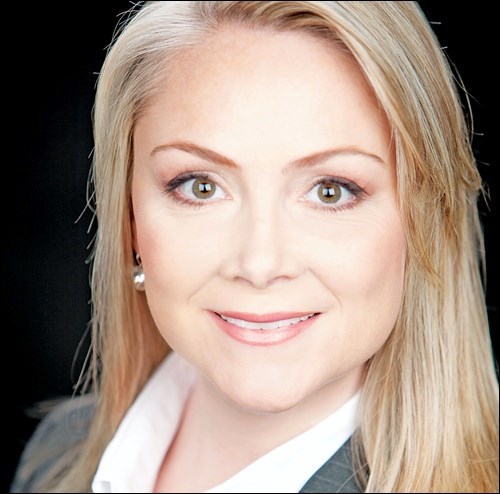Family trusts can be a highly effective tax-planning tool. But you have to be sure to dot your i’s and cross your t’s to avoid the unwanted attention of the Canada Revenue Agency. Trusts are frequently used as a means of splitting income, and here it’s vitally important to follow the rules to ensure you get the maximum tax benefit. Here’s a primer on what to do.
For those who have put in place income-splitting strategies where income is actually being paid out of a trust to your minor kids, ensure that prior to the year-end for the trust (December 31), the trustees pass a resolution stating that a stipulated amount or proportion of the trust’s income be paid or made payable to the actual beneficiaries and that such resolution is irrevocable.
A copy of this resolution or other form of notification should be given to the beneficiaries with some form of acknowledgement or signed receipt, where possible (although this may not always be preferred, especially if the beneficiaries are minors).
Proof of flow of funds
But more importantly, there should be proof of the flow of actual funds. It’s not enough to pass a trustee resolution if you can’t provide evidence that the money actually went to the kids. As I mentioned, the CRA will be looking for instances where the parents “scoop” the cash for themselves. So to be extra safe, you should open up bank accounts for your kids and deposit the funds into the accounts.
If you’re not actually paying the cash, you should have the trust give a promissory note to the beneficiaries as evidence that a debt is actually due to the beneficiaries from the trust.
It’s true that any amount payable or paid by a trust to the beneficiaries would be reflected in a T3 return for the trust. While this would be evidence of an allocation, it’s likely that this would not satisfy the CRA, because the T3 return (or the T3 Supplementary, which would show the allocation) would be issued after the end of the year. The CRA wants to see evidence of the amount payable or paid beforeDecember 3l.
Payments to third parties (like schools)
An interesting issue arises where amounts are paid to third parties on behalf of the kids – for example, where you want to cut a cheque to your child’s private school directly from the trust to pay for your child’s tuition.
In this situation, you should ensure that you comply with all three requirements set out by the CRA in order to ensure that such payments to third parties will still be deductible to the trust:
1.The trustee must exercise their discretion per the trust to make an amount payable to the beneficiary before the payment is actually made.
2.The trustee must initiate the steps to make the payment, the trustee must notify the parents of the exercise of the discretion, and the parents must direct the trustee to pay the amount to the appropriate person before the payment is made.
Or the payment must be made pursuant to the parents’ request and direction, and the parent is advised of the exercise of discretion and payment of the amount either before or after the payment is made.
3.It must be reasonable to consider that the payment was made for an expenditure for the child’s benefit.
I personally find these conditions confusing, and hard to abide by. So if you need to pay a third party, I would recommend going the safe route: Take the extra step of opening up an account for your child, distribute the funds to that account, and then pay the third party directly from that account.
Yes, it means an extra step, but it avoids any confusion and will be more likely to satisfy the CRA.
Courtesy Fundata Canada Inc. ©2015. Samantha Prasad, LL.B. is Tax Partner with Toronto law firm Minden Gross LLP. Portions of this article appeared in The TaxLetter, published by MPL Communications Ltd. Used with permission.
Courtesy Fundata Canada Inc. © 2015. Robyn Thompson, CFP, CIM, FCSI, is president of Castlemark Wealth Management. This article is not intended as personalized advice.



